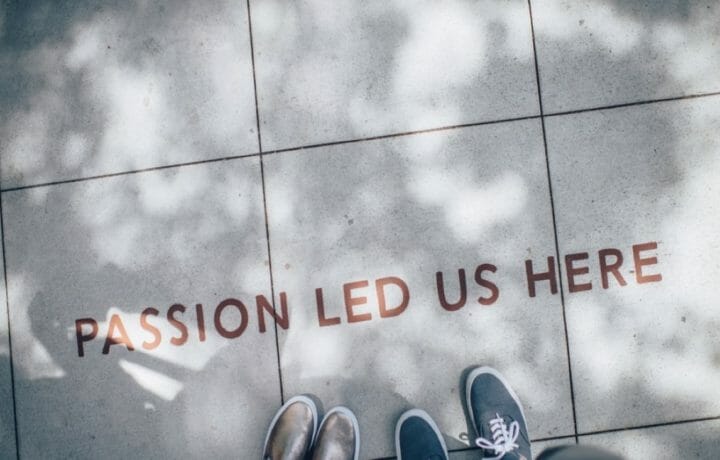During the pandemic, many commercial airline pilots were either let go by the airlines or they retired – some earlier than they had expected. Now that commercial flying is back in full force and the planes are again at full capacity, the airlines are building back up their stable of pilots.
But making pilots is not a quick easy process as it takes time and is expensive to become a commercial airline pilot. At a minimum, it costs around $65,000 ($87,000 if you want to be a Flight Instructor too). Having a Flight Instructor qualification can help defray the cost of getting a commercial airline certificate as discussed below.
As far as the time it takes, if going the vocational flight school route, it can be done in as little as 14 months (if all the pieces fall into place as planned). However, normally it takes longer. And if going the aviation degree route, it takes four years.
Post 9/11 GI Bill
Veterans have an advantage though. If they have served at least three years on active duty, they have 36 months of Post 9/11 GI Bill entitlement they can use to help pay the cost of getting a commercial airline pilot certificate. There are two ways to use the GI Bill to pay for flight training:
- Vocational flight school
- Four-year college degree program
… and each way has its own set of rules.
Vocational flight school
If going the vocational flight school route, the VA will only pay up to $15,075.05 per academic year towards flight training … and this is after the student has already earned their private pilot’s license before starting flight school. The reason why the VA will not pay towards getting a private pilot’s license is GI Bill entitlement is supposed to be used to learning a vocational skill that can be used as a career, but many earning their private pilot’s license only want to be able to fly as an avocation and not vocation. Costs to get a private pilot’s license are expensive, with ranges commonly between $10,000 and $20,000.
Four-Year College Degree Program
If pursuing a commercial pilot’s license, via a bachelor’s degree program from an accredited university or college, flight training rules are the same as they are for any degree-producing program. If attending a public school, the GI Bill pays all tuition and fees at the in-state rate. If attending a private school, then it has a limitation of $26,381.37 per year in tuition and fees. In both programs, the student also receives up to $1,000 per year in book stipend and a monthly housing allowance (MHA) that is school zip code dependent, but averages around $1,800 per month.
Generally speaking, getting a commercial pilot’s certificate will have considerable out-of-pocket costs – even with GI Bill funding. Usually students will supplement their GI Bill with funding from:
- Student loans
- Grants and scholarships
- Federal Financial Aid
- By earning money working in the non-commercial aviation industry as a flight instructor, loading planes, refueling aircraft, customer service, etc. for smaller regional carriers – even as an airplane mechanic if qualified.
The bottom line is if your dream job is to fly in whatever capacity, there is funding available from many sources to make the process less painful. But it can be worth it.
The Bureau of Labor Statistics shows the 2021 annual median pay for commercial airline pilots is $134,630. They are predicting a 6% growth in the next decade that translates into about 18,100 openings for pilots each year out through 2031. So if flying commercially is your dream, now it the time to get started!




